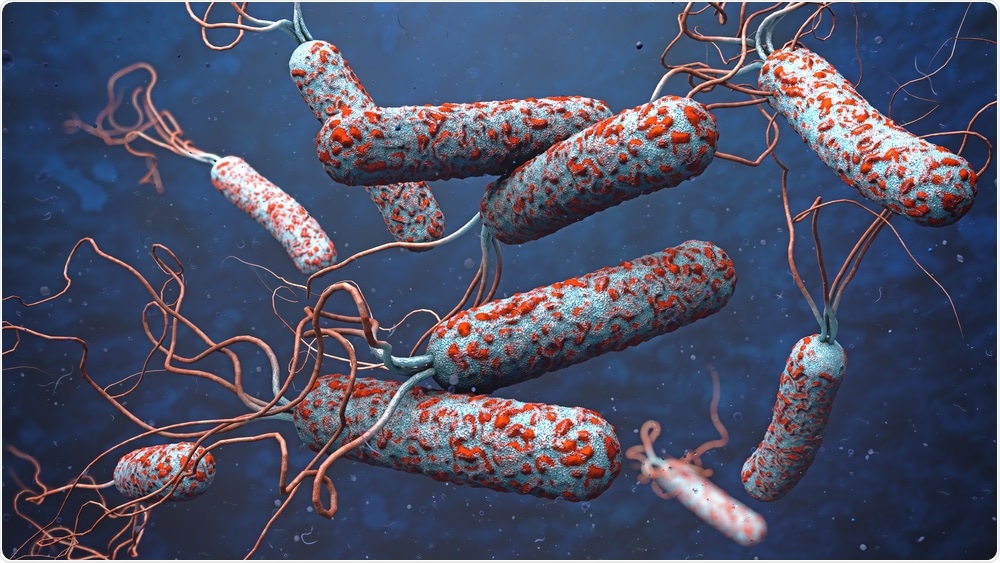Researchers at Ecole Polytechnique Fédérale De Lausanne have shed light on how Vibrio cholerae, the bacteria that causes cholera, may have emerged as a major human pathogen.
 Image Credit: Christoph Burgstedt / Shutterstock
Image Credit: Christoph Burgstedt / Shutterstock
The bacterium, which commonly occurs in aquatic environments such as ponds, river and oceans has evolved a strong capability to grow, survive and sometimes transmit to humans.
One of the ways the bacterium defends itself against predatory amoebas in the aquatic environment is by “hitchhiking” them and hiding inside them.
In this new study, Melanie Blokesch and colleagues have described the molecular mechanisms used by V. cholerae to colonize these amoebas.
More specifically, the study showed that V. cholerae has certain features that enable it to replicate inside the pathogen and eventually escape from it.
Some of these features, including motility and extracellular enzymes, are considered minor virulence factors since they are also contributing factors in human disease.
The study suggests that the aquatic environment enables V. cholerae to acquire virulence and that the pathogen’s adaptation to amoebal predators may have played a role in its emergence as a major human pathogen.
We are quite excited about these new data, as they support the hypothesis that predation pressure can select for specific features that might have dual roles - in the environment and within infected humans.”
Melanie Blokesch
She also emphasizes how important the funding from ERC (StG & CoG) has been for the study, since analyzing the environmental lifestyle of the pathogen is not typical of the mainstream research on pathogenesis.
Source:
This news piece was originally published on the EPFL website, as a press release.